1.) What is meant by the term New Hollywood?
New Hollywood is an American film movement that took place in the mid 1960s to the early 1980s, where a new generation of filmmakers came to prominence. It had been influenced by Italian Neo-Realism and often featured taboo characteristics such as morally ambiguous characters, violence and antiauthoritarian sentiments.
2.) Name four of the films, directors and stars from this period
Films:
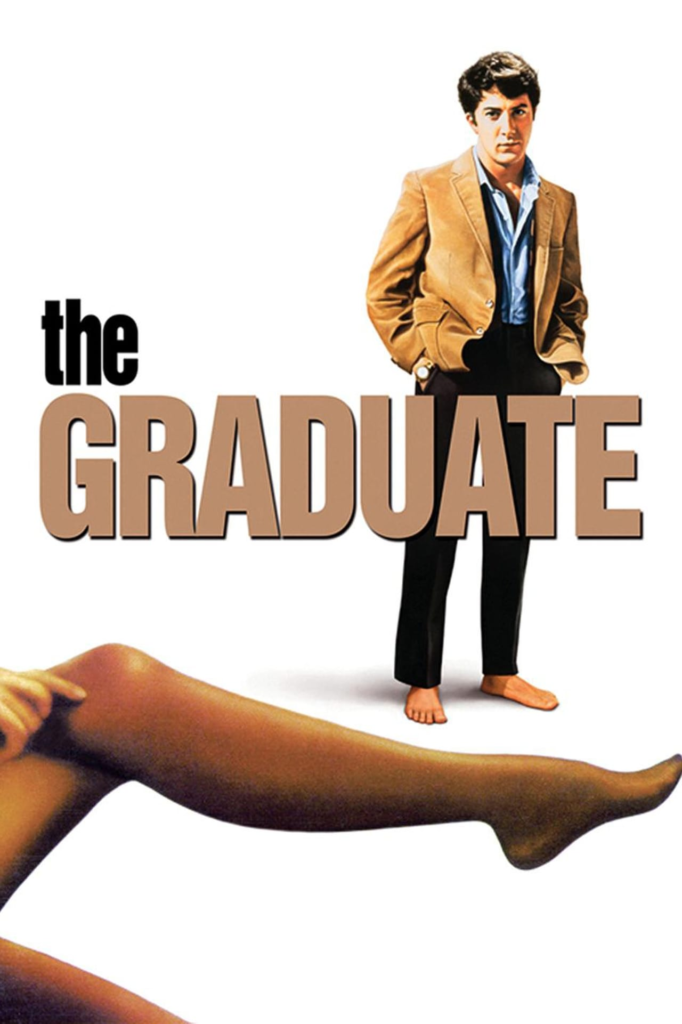
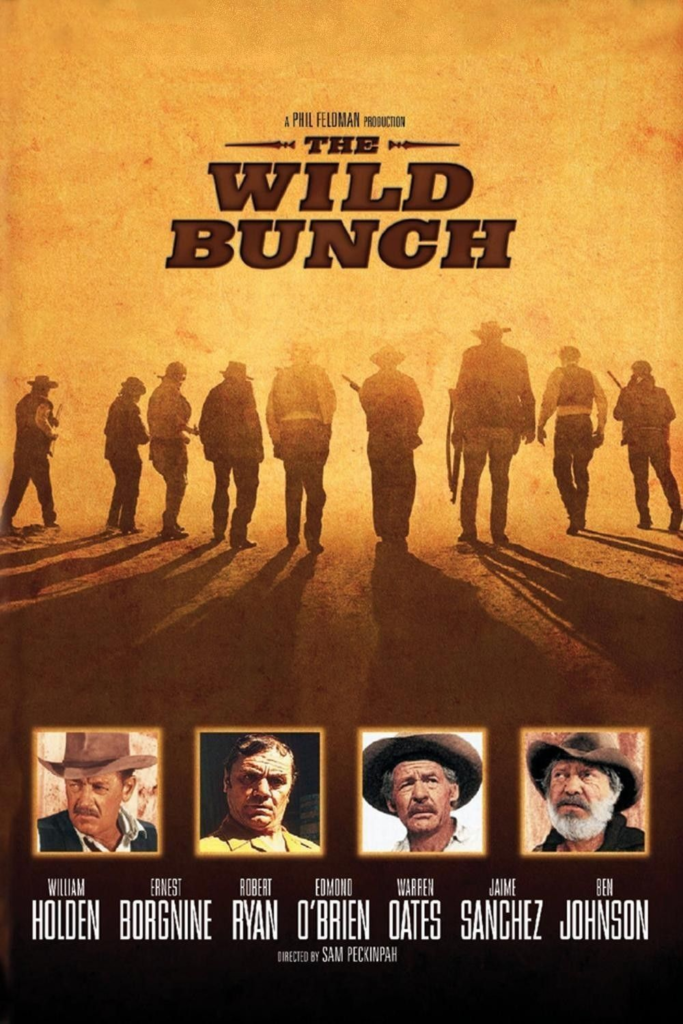

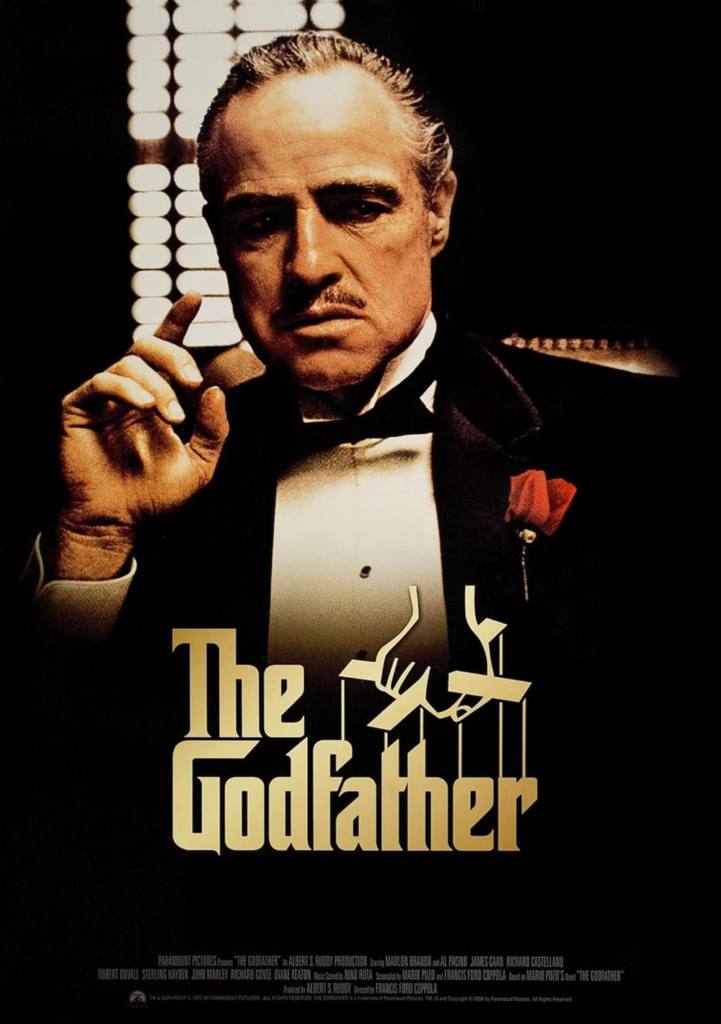
Directors:
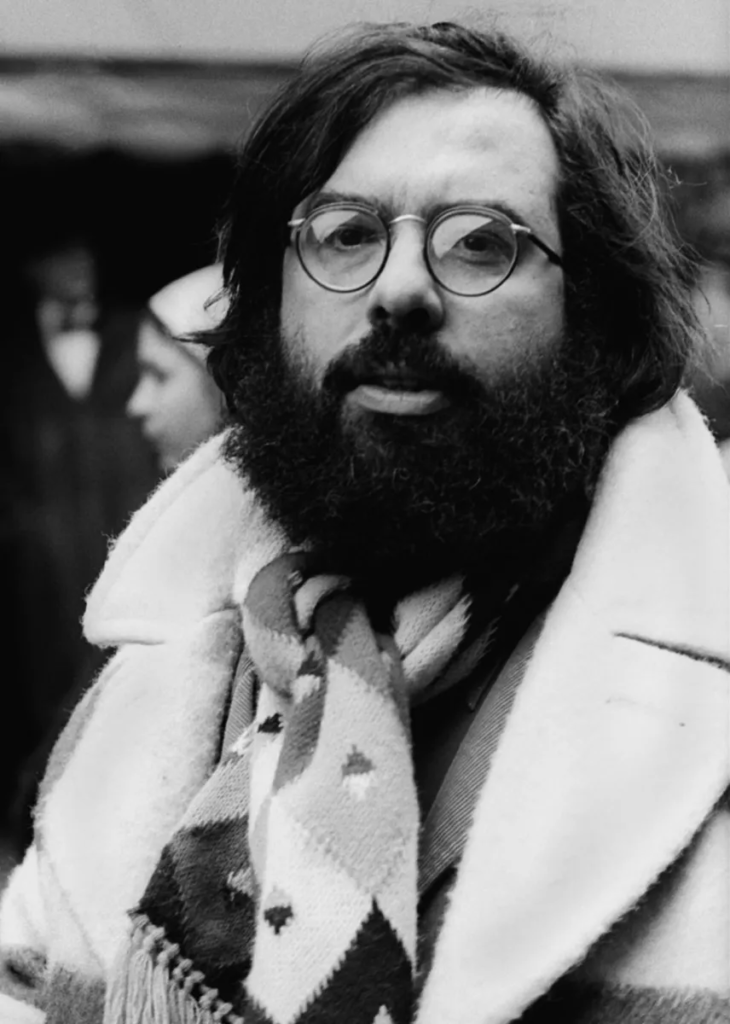
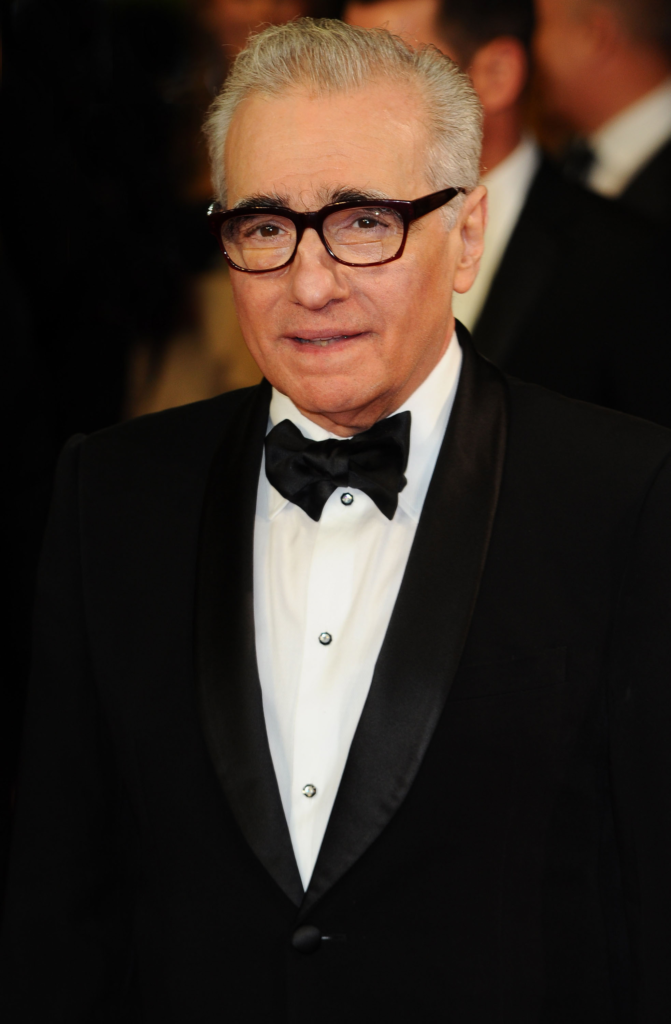


Stars:

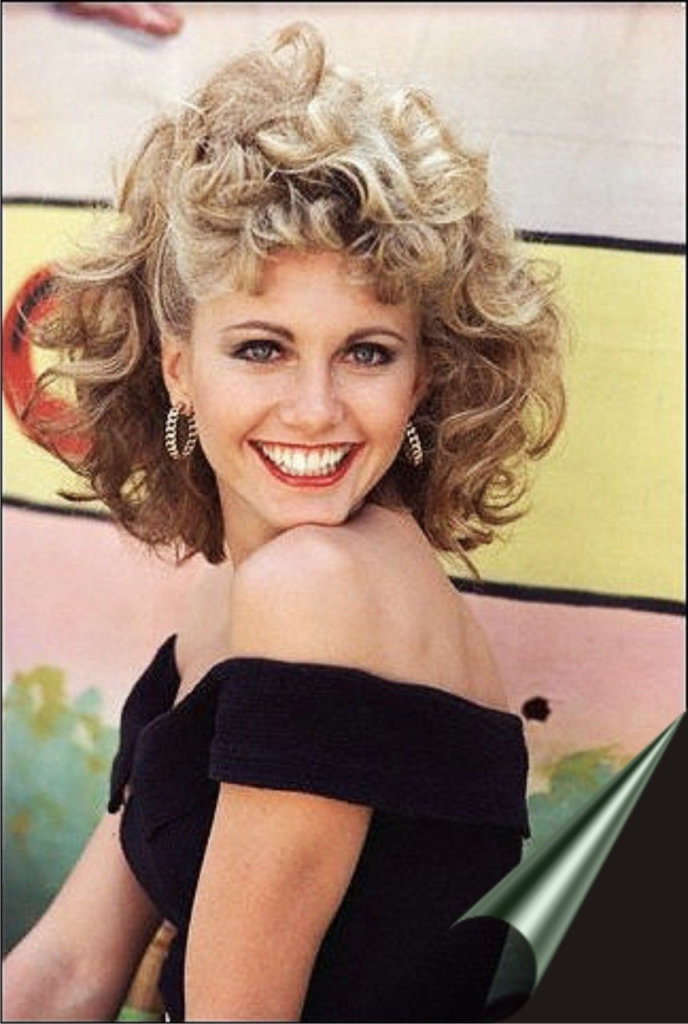
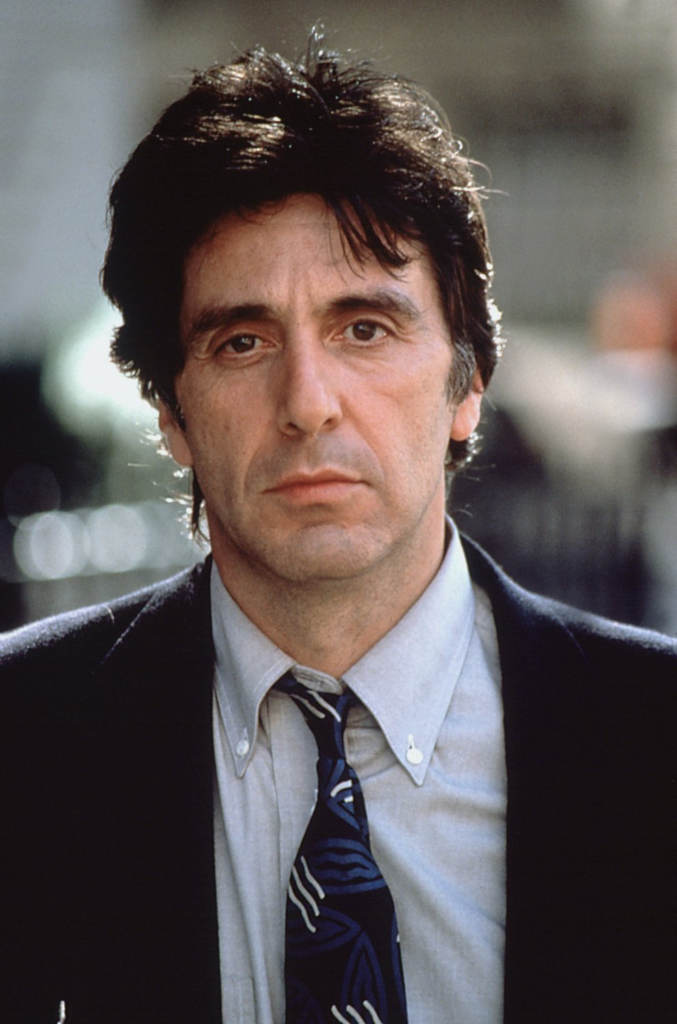
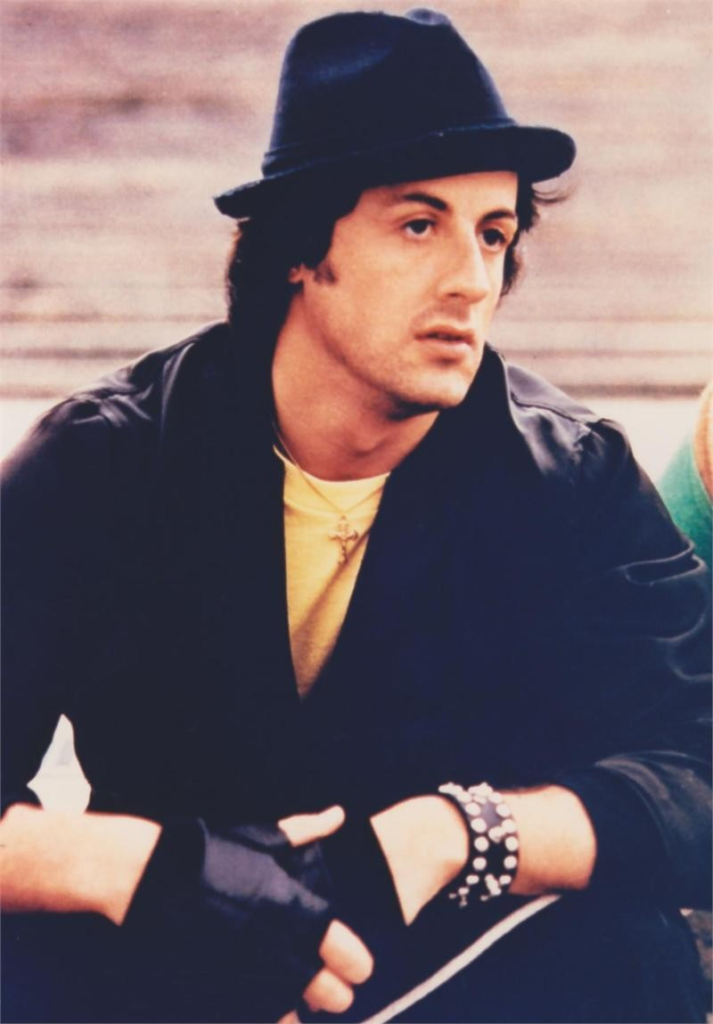
3.) What events were taking place in America and elsewhere in the world around the period identified as the New Hollywood era of cinema?
- The Cold War
- Arms race
- Vietnam War
- Civil rights movement
French New Wave
1.) What is meant by the cinematic term French New Wave?
A cinematic movement that took place from the late 1950s (1958) to the late 1960s. The theory associated with French New Wave believed that rather than have films accredited towards the producers and actors, that the author or ‘auteur’ should be the director, and therefore the driving force towards the creativity by creating a visual style specific to them. This would be applicable to their body of work, and audiences should be able to recognise director’s work immediately. It broke away from traditional filmmaking, after French director Francois Truffaut wrote an article criticising its lack of creativity. This prompted the beginning of the movement, which featured new techniques such as handheld cameras which gave a documentary aesthetic and jump cuts, as well as different storytelling styles.
2.) What specific stylistic and structural elements are present in French New Wave films?
French New Wave films typically featured natural light, non-actors, improvisation and natural sets stemming from the low budget environment that was the result of the poor post Second World War economies. In terms of techniques, handheld cameras gave the iconic, more naturalistic style of typical French New Wave films. Jump cuts, inspired by Jean-Luc Godard, were popular within the movement and influenced other directors to break away from the traditional way of filmmaking, even breaking through into mainstream films.
3.) Which directors and films from the French New Wave influenced Arthur Penn as he was making Bonnie and Clyde?
- Penn was heavily influenced by the French New Wave directors Francois Truffaut and Jean-Luc Godard and their innovative and unconventional techniques.
- The jarring nature of the straight cuts used frequently in Bonnie and Clyde were not at all typical of Hollywood film at the time, and is considered to be inspired by Truffaut’s The 400 Blows (1959).
- Bonnie and Clyde was influenced by Truffaut and his de-emphasised plots, with the film being almost more of a character study rather than being plot driven.
- French New Wave films were often shot on location to enhance the films’ realism and depth, which inspired Penn to also shoot most of Bonnie and Clyde on location.
- A theme of French New Wave films was to include music, which is used often throughout Bonnie and Clyde, specifically when they are being chased by the police or driving from a crime scene.
4.) Identify 3 scenes from Bonnie and Clyde where stylistic links are created with French New Wave cinema and why was this the case?

The opening scene of Bonnie and Clyde demonstrate the iconic jump cuts that are archetypal of the French New Wave style, coined by Godard.

A significant amount of Bonnie and Clyde was shot on location, which was common among the low budget French New Wave style. A lot of the film was noticeably set outside, apart from when the Barrel Gang were hiding out or robbing banks, which makes the shooting on location easier for Penn.
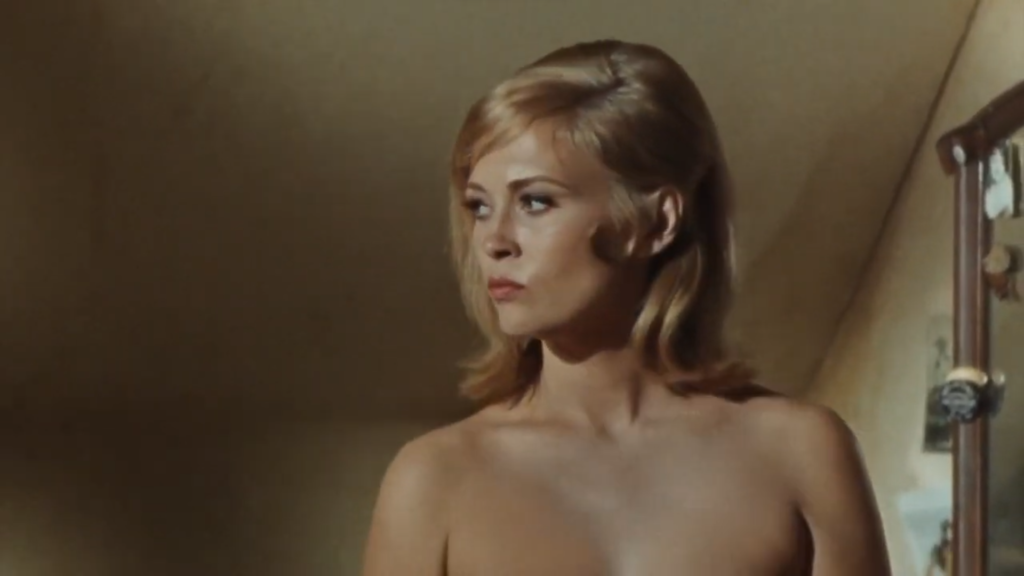
The use of a handheld camera in this opening scene is reminiscent of the French New Wave style, as it allows for the fluid and spontaneous movement of the camera.
New Hollywood Style
1.) How did New Hollywood directors like Penn approach his film narratives?
Penn was directly influenced by French New Wave directors such as Truffaut, which helped to shape the style he used for Bonnie and Clyde. Notably, the narrative in Bonnie and Clyde is very much de-emphasised, with the film not following much of a plot and feeling more like a character study rather than a plot heavy film, which strayed far away from the Classic Hollywood storytelling style. This is influenced by the French New Wave style of non-linear storytelling.
2.) What is discontinuity editing?
Discontinuity editing is a style of editing which ruins the continuous flow, with an emphasis on showing the difference between shots. This style of editing has the goal of drawing attention to a particular shot, scene or sound.
3.) Why is this time in film production sometimes referred to as “The Rise of the Auteurs” in Hollywood?
This time in film production can sometimes be referred to that way due to the rise in directors having their own distinct style. The word ‘auteur’ meaning ‘author’ was first used to describe filmmakers by Francis Truffaut, who had been criticising films at the time for not being creative. He suggested that audiences should be able to recognise a directors’ work immediately, which soon prompted a wave of filmmakers to join this movement. This style quickly found its way to America and into the ‘New Hollywood’ style.
4.) What is the lasting impact of the New Hollywood style on modern films?
Since the New Hollywood movement, directors have become far more involved in influencing the looks and overall style of their films. Furthermore, the ‘Auteur Theory’ can be seen in directors of the modern day, such as Wes Anderson.
As well as this, the rebellious plots and rise in graphic content led to the fall of the Hays Code, a strict set of rules designed to censor ‘immoral’ content and restrict what can be shown on screen.